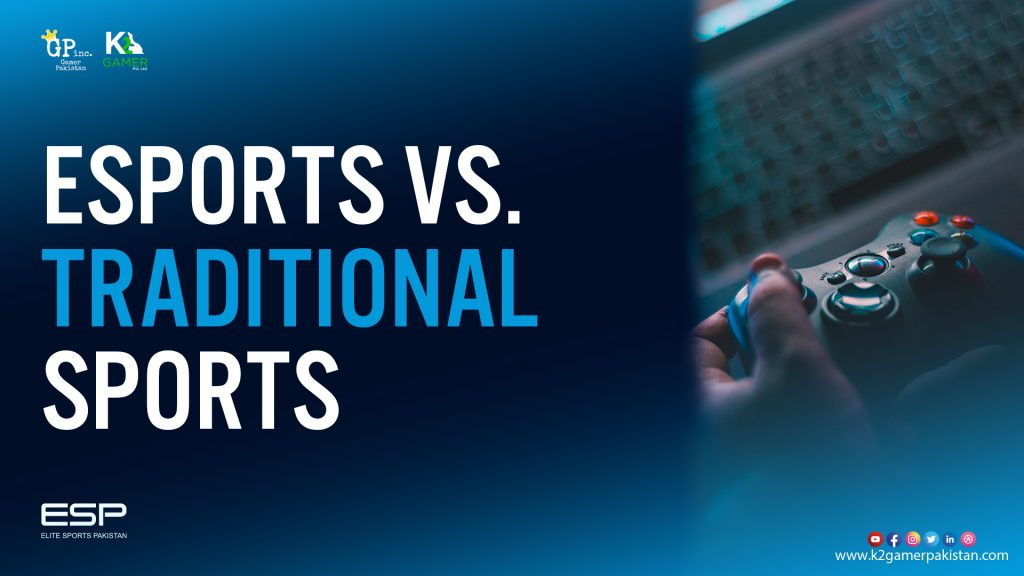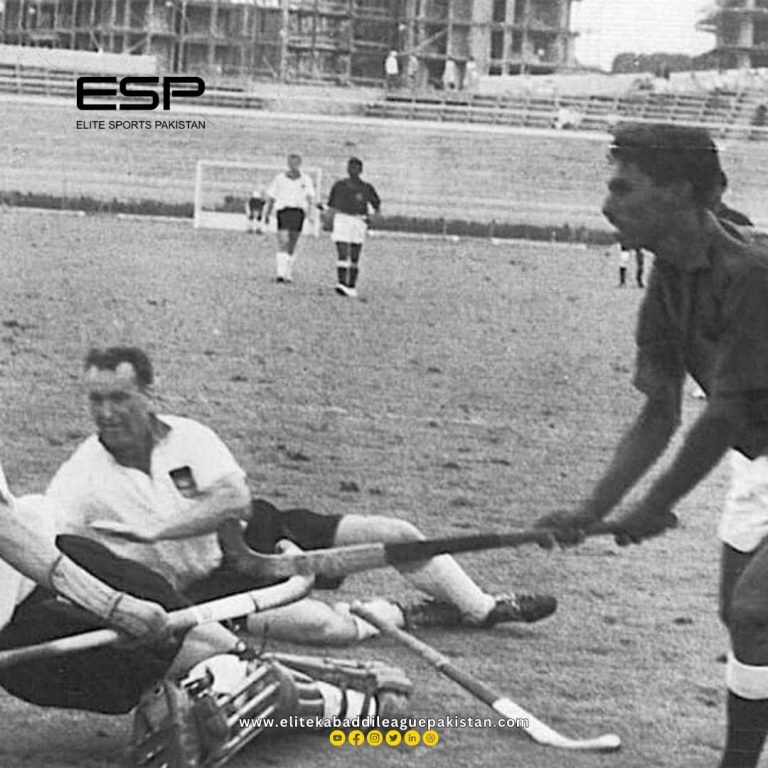
The sports sphere is shifting quite noticeably with the growth of esports as a new generation of a sports entertainment niche. This shift is not merely cyclical, rather it is the transformation in a culture that eliminates the barrier between physical and cyber competition. Both types of sports include enthusiasts, athletes, professionals, and large sums of money involved, and, however, are considered in different ways. Before I can attempt to explain the relationship between esports and traditional sports I have to look at both the similarities and differences to identify spaces of overlap and potential collaboration.
The Growth of Esports
Esports also known as electronic sports is a competition in video games that pits players, or teams of players against rivals using first-person shooter games, strategy games, and sports simulators among others. Esports is a popular concept as it simply requires a computer or a gaming console to perform or even watch the matches no matter where one is in the world. This democratization of participation has benefited from it and has prompted the company’s rapid growth.
Esports tournaments including League of Legends World Championship and Dota 2’s The International generate millions of spectators globally and are recognized as one of the most-viewed events alongside the Super Bowl and the World Series. These tournaments carry million-dollar prizes and show how much money and commercial potential is invested into esports.
Traditional Sports: An Antique Era Organization
Extensive systematic sports which include football, basketball, soccer tennis, and many others are traditional sports that have their own culture. These sports are considered an integral part of societies across the globe, identified with pride, patriotism, regional, and in some cases historical heritage. Sport as a tradition is embodied and riddled with a significant amount of physicality and athletic capacities where athletes are perceived as ideal moral models and even glorified as heroes.
The structure of supporting traditional sports is highly developed including youth OSCA development, leagues, and International organizations. The economic value of traditional sports extends into billions through ticket sales, merchandise sales, broadcast rights, and sponsorships.
Common Grounds: An analysis of skills and spectactorianism
In certain aspects, esports cannot be easily distinguished from traditional sports: Sports Games Esports ComparisonThe skills involved, the strategies employed, and even the effort put in are equally challenging in the two. He competes in the same way as athletes in normal sports to develop their fast reactions, intelligence, and collaboration.
The fan experience also corresponds in many ways with how it is described. Esports venues and temporary stadia of traditional sports look full of enthusiastic spectators that build an atmosphere. Platforms such as Twitch and YouTube Gaming have taken over the role of the ‘watching’ places, where fans come to spectate games and their participants.
The Debate: Emotional sensibility versus Logical thinking
One of the key issues that can be defined as the main line of conflict between esports and traditional sports is physicality. Thus, some critics have maintained that esports cannot be considered an actual sport since players do not exert themselves physically as is the case with traditional sports. However, proponents of the thought that esports are similar to traditional sports are wrong because esports are different as they need a lot of thinking, fast decisions, and coordinated hand movements, which are athletic skills as well.
However, professional gamers also suffer from positions related to physical ailments such as Repetitive Strain Injuries and health issues from sitting for long periods that compel gamers to engage in physical exercise to maintain focus for drawn-out gameplay further proving that esports requires physical exertion. The definition of what is considered a sport has expanded in the years to also include cognitive and motor skills, which again helps in closing the divide between the two fields.
Economic and Social Impact
As mentioned earlier, both esports and traditional Games contribute greatly to the economy. Traditional sports contribute to the economic growth and development of local and national economies by boosting job opportunities and unity through the celebration of events. Likewise, esports is a flourishing market with attractive sponsorship opportunities, advertisement sales, and numerous employment demands in the technology, marketing, and event services sectors.
Socially, there is an opportunity to influence the maximum number of individuals engaged in esports. It serves as an opportunity for those who are not standard athletes but who excel in their line of activities to break through and be rewarded. Esports does not exclude anybody and is gradually integrating coed groups and more women in professional gaming.
The Future: Interdependence and Interaction
The future probably looks like both esports and traditional sports living side by side in mutual, albeit loose, symbiosis. The integration is already rather evident, with traditional sports teams already buying into esports teams and starting to utilize games as a marketing tool. Also worth mentioning are those that are a blend of both, like cycling races held virtually or football tournaments played online.
Today, educational institutions are beginning to accept esports as a genuine co-curricular activity that is awarded scholarships and high-performance facilities. This integration at the grassroots level will make sure esports and traditional sports can nurture each other, developing mutually.
Conclusion
Esports and traditional sports do not compete; instead, they are two different types of competition and entertainment. Each, of course, is distinct in its attributes and adds value to the overall spectrum of sporting culture. Thus, the emerging trends of technological changes, new forms of communication, and societal and individual interactions will erode the barriers between physical and virtual competitions, making the sporting world more diverse and inclusive.




